Sorting skills Worksheets for Ages 5-8
21 filtered results
-
From - To
Unlock your child's potential with our engaging Sorting Skills Worksheets designed specifically for ages 5-8! These fun and interactive exercises help young learners master essential sorting concepts through colorful images and relatable themes. Designed to enhance cognitive development, these worksheets encourage children to categorize items based on attributes like shape, size, and color, building foundational skills for future learning. Ideal for both classroom and home use, our sorting worksheets make learning enjoyable while reinforcing critical thinking and problem-solving skills. Start your child's sorting journey today and watch them thrive as they explore the world of organization and classification!
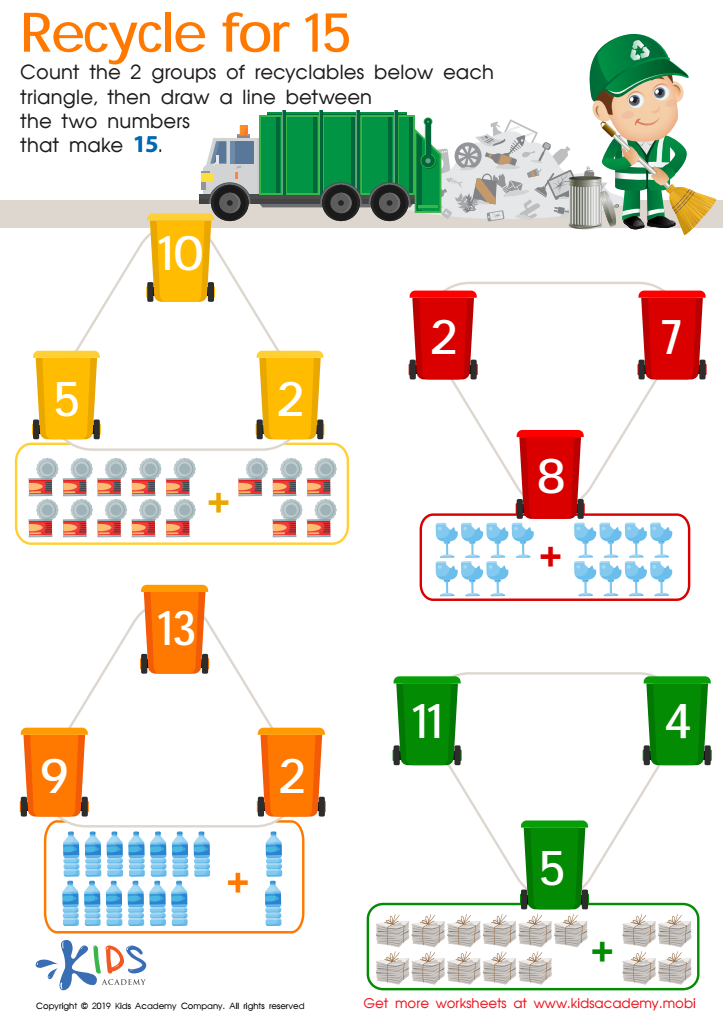

Recycle for 15 Worksheet
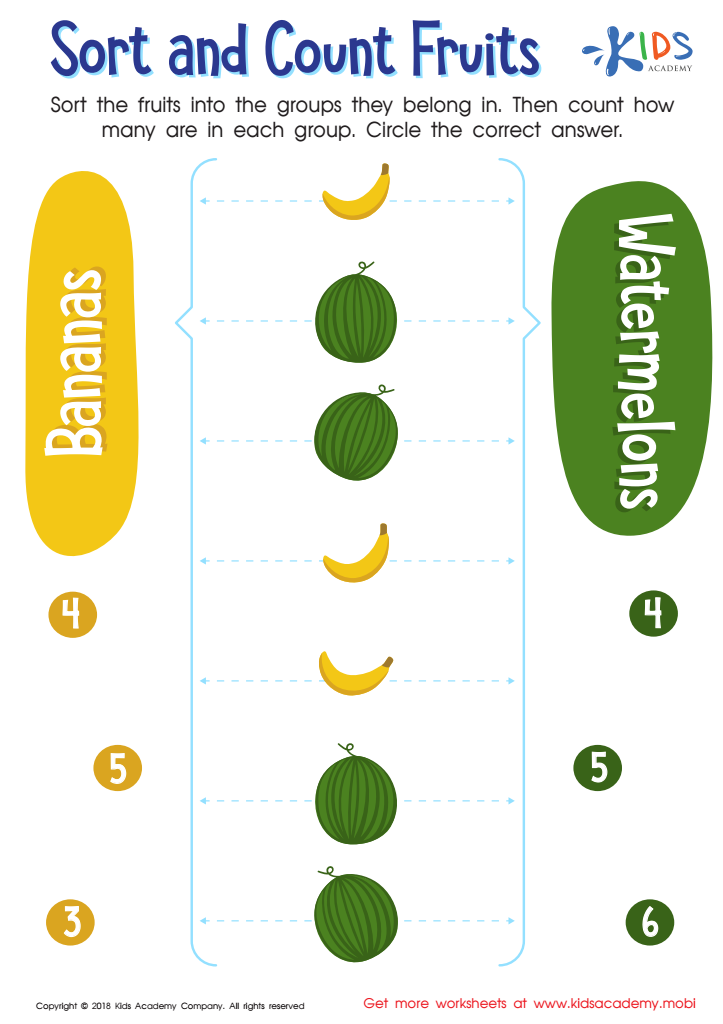

Sort and Count Fruits Worksheet
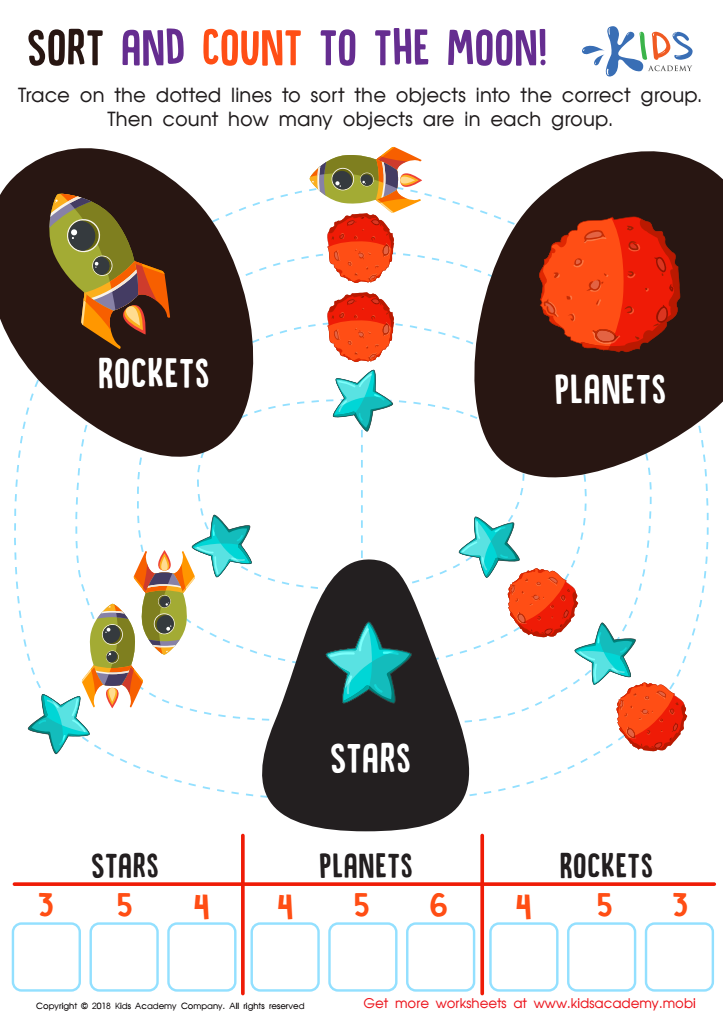

Sort and Count to the Moon Worksheet
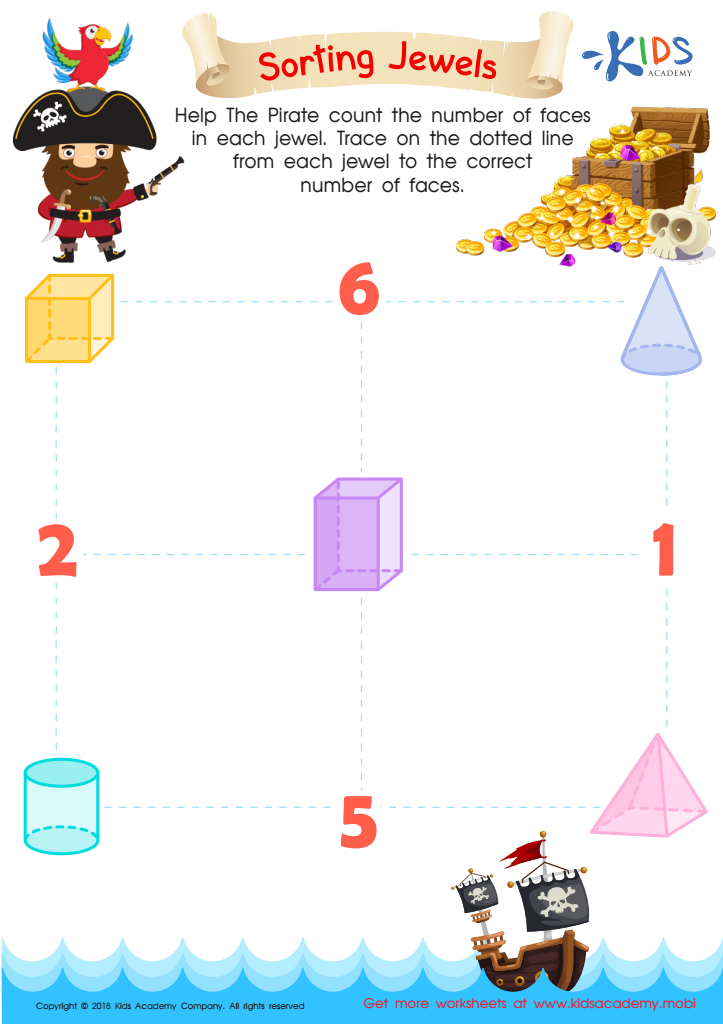

Sorting Jewels Worksheet
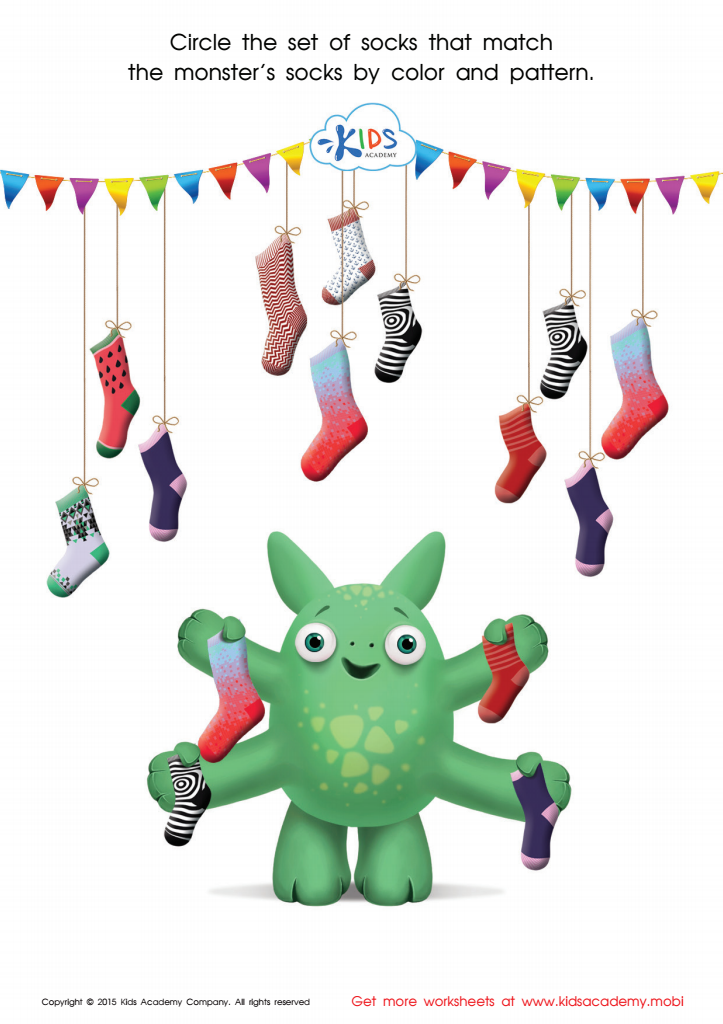

Sort the Monster's Socks Worksheet
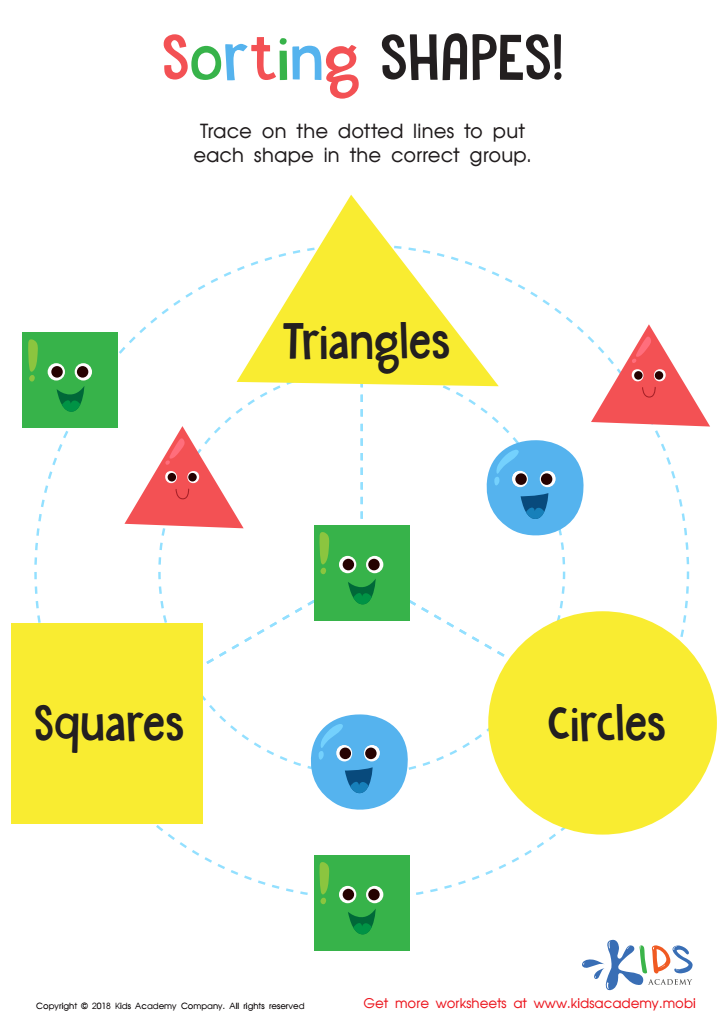

Sorting Shapes - Part 3 Worksheet


Dinner Shapes: Making a Whole Worksheet
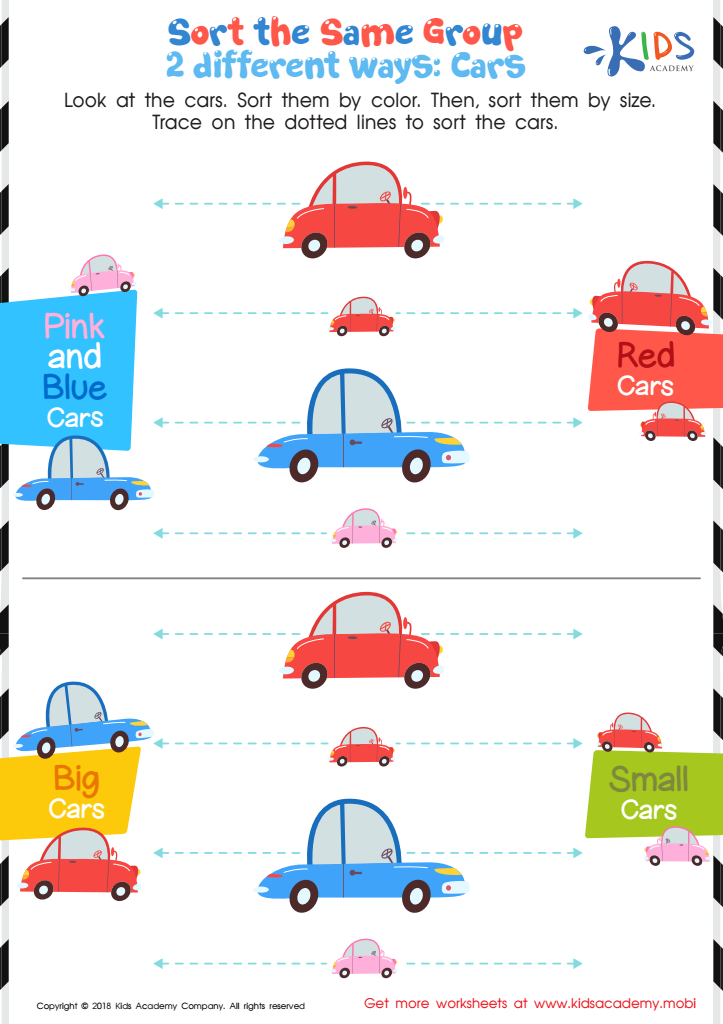

Sort the Same Group 2 Different Ways: Cars Worksheet


Arranging Clothes Worksheet
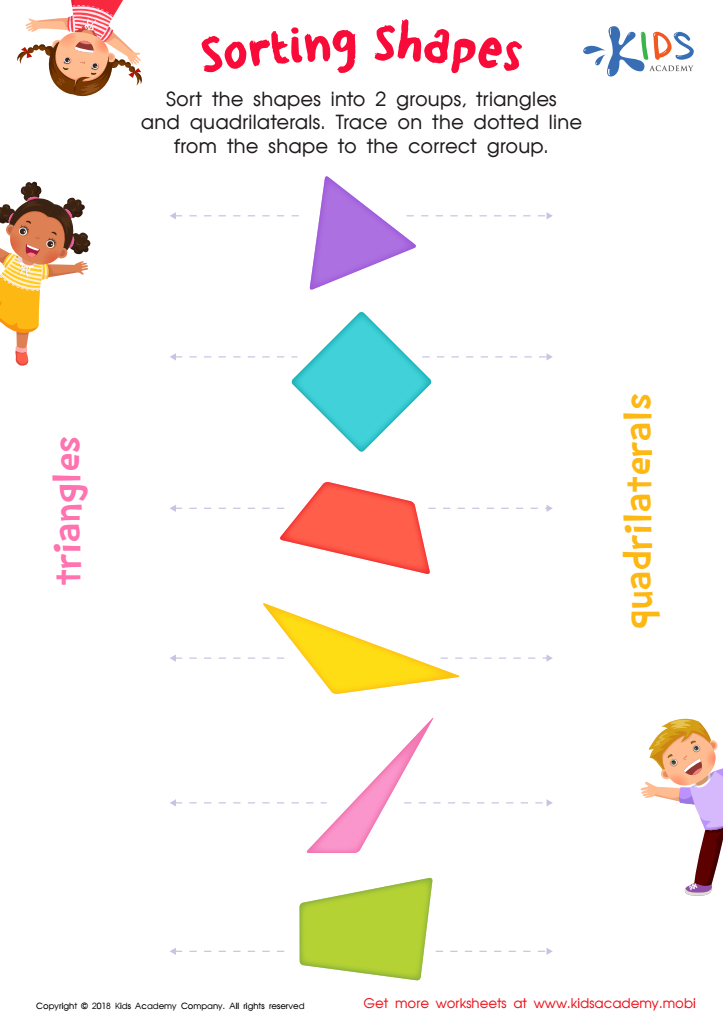

Sorting Shapes Worksheet
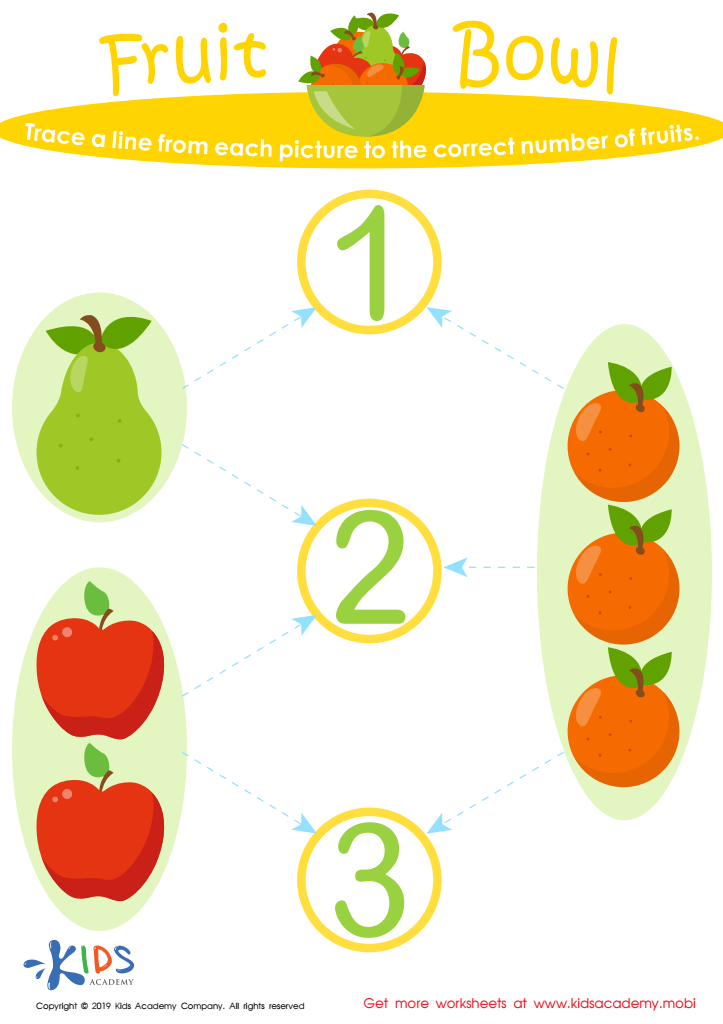

Fruit Bowl Worksheet


Shape Sorter Worksheet
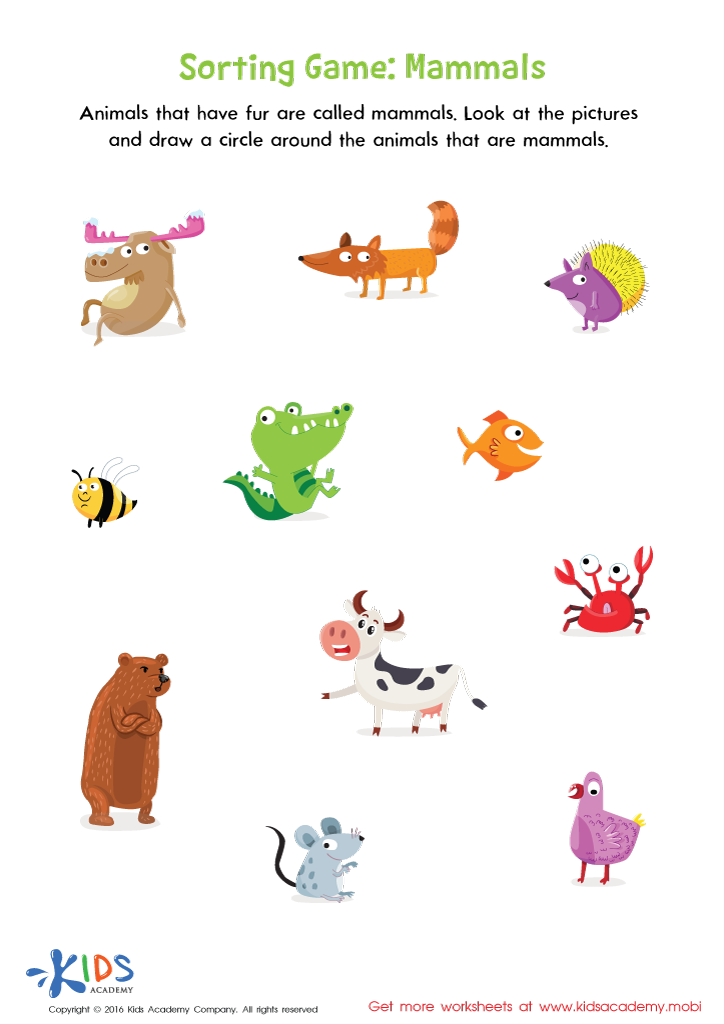

Mammals Sorting Worksheet


Sort the Mail Worksheet
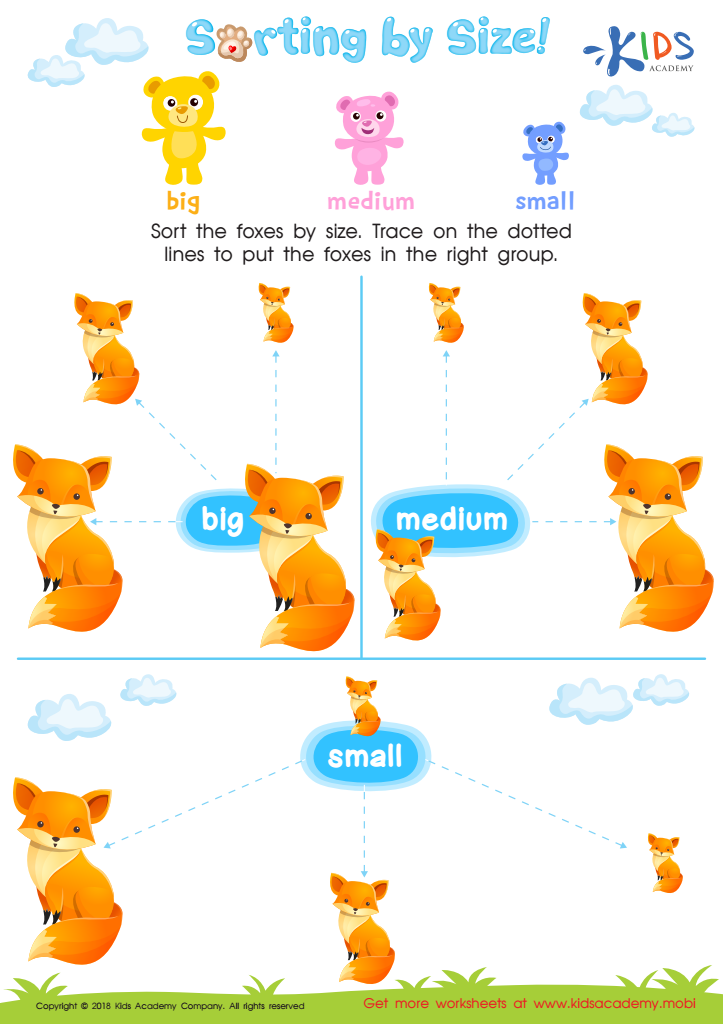

Sorting by Size Worksheet
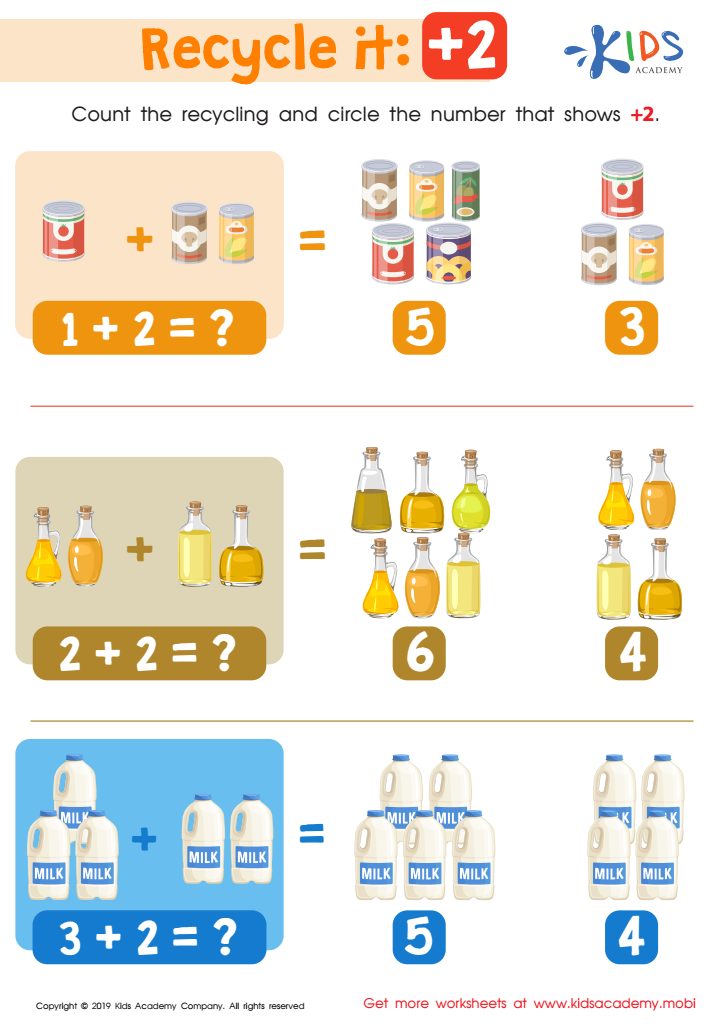

Recycle It: +2 Worksheet
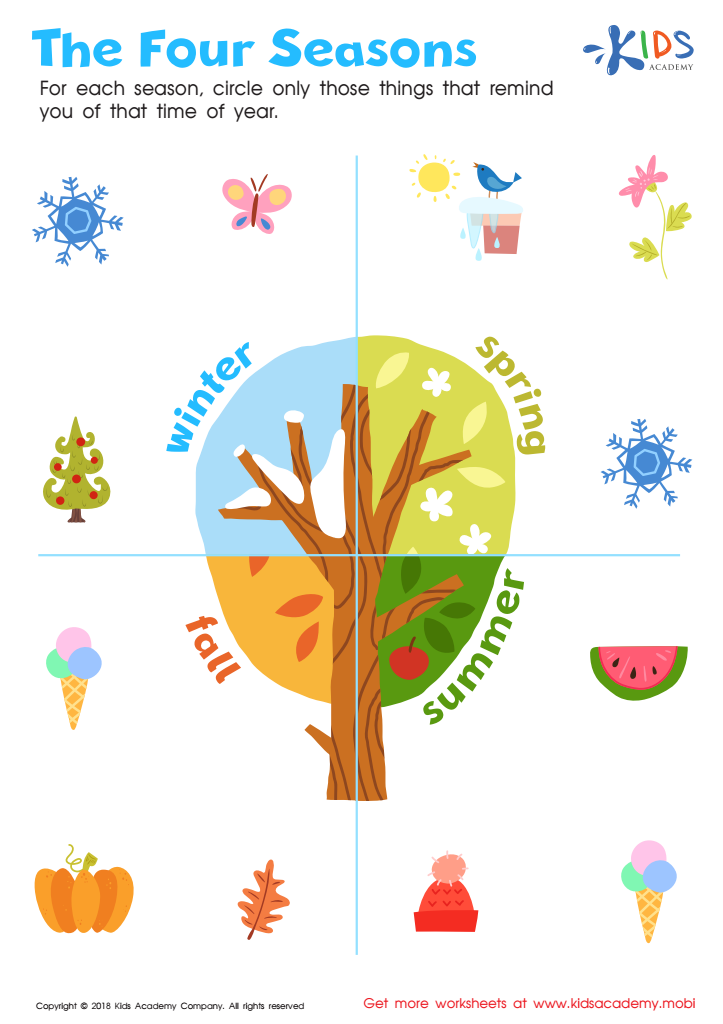

The Four Seasons Worksheet
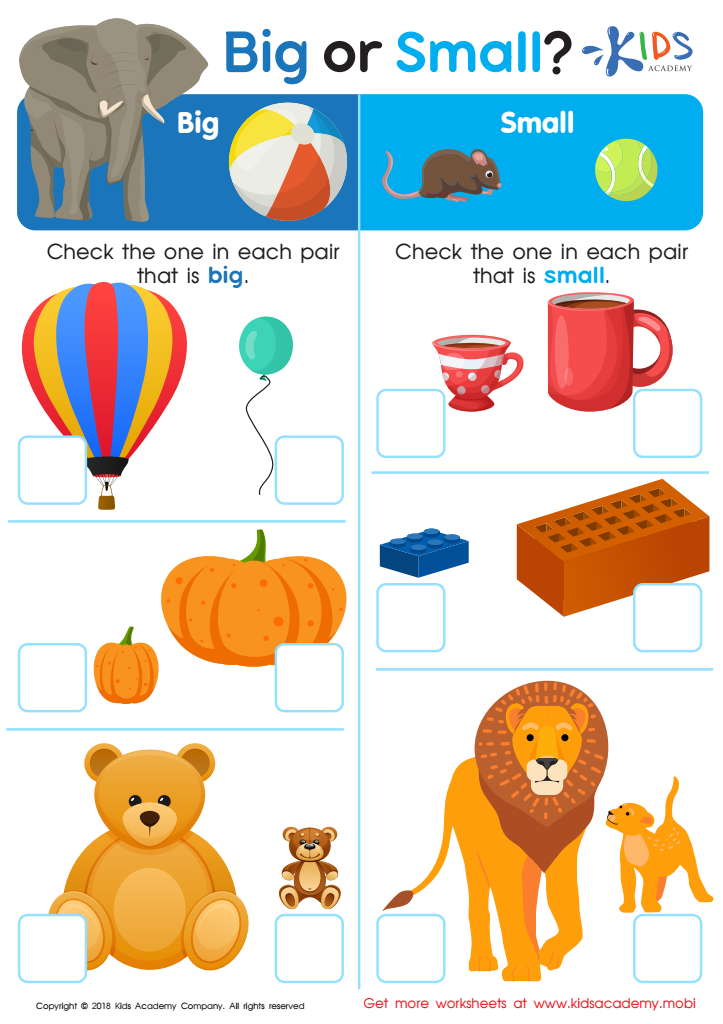

Big or Small? Worksheet
Sorting skills play a vital role in the cognitive development of children aged 5-8. During this critical stage, children begin to engage more deeply with their environment, and sorting—whether it's colors, shapes, sizes, or other categories—helps them understand and organize information effectively.
Firstly, sorting encourages critical thinking. It teaches children how to categorize objects based on distinct characteristics, enhancing their analytical abilities. This foundational skill supports more complex concepts in mathematics and science, facilitating problem-solving capabilities.
In addition to cognitive benefits, sorting activities foster fine motor skills as children manipulate objects. The physical act of sorting builds coordination and hand strength, contributing to their overall development.
Moreover, sorting promotes language development. As children sort items, they learn to articulate their reasoning, expanding their vocabulary and improving their communication skills.
Lastly, sorting activities often serve as social experiences. They can encourage collaboration and negotiation among peers, teaching children how to work together and respect different perspectives.
In summary, fostering sorting skills in young children equips them with essential tools for learning, self-expression, and social interaction, making it a crucial focus for both parents and teachers.
 Assign to My Students
Assign to My Students



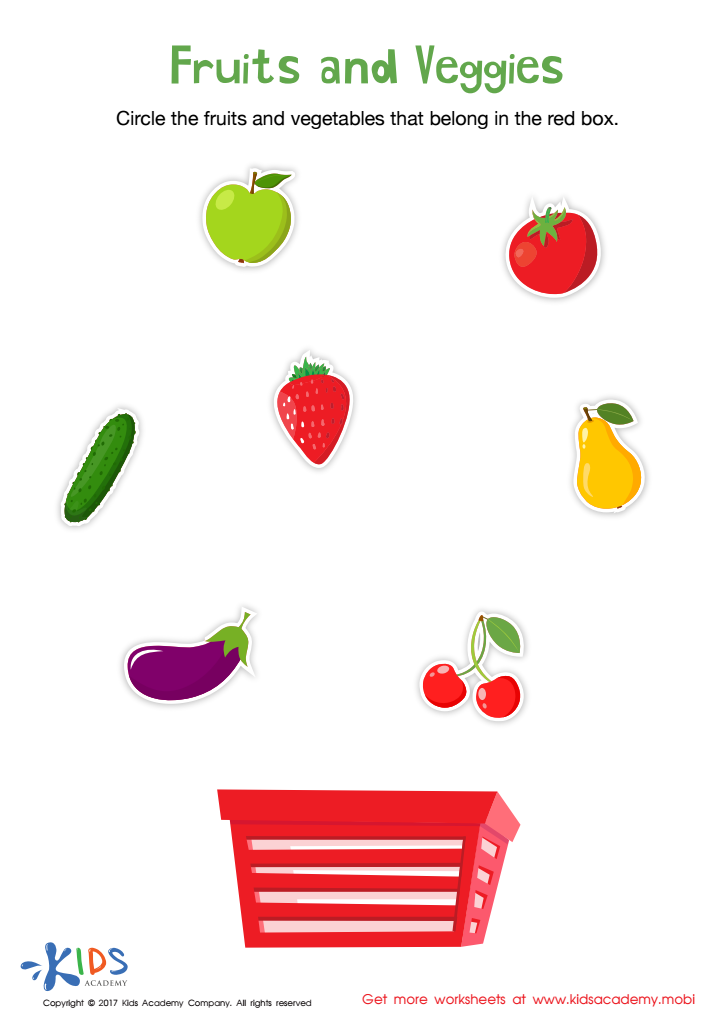
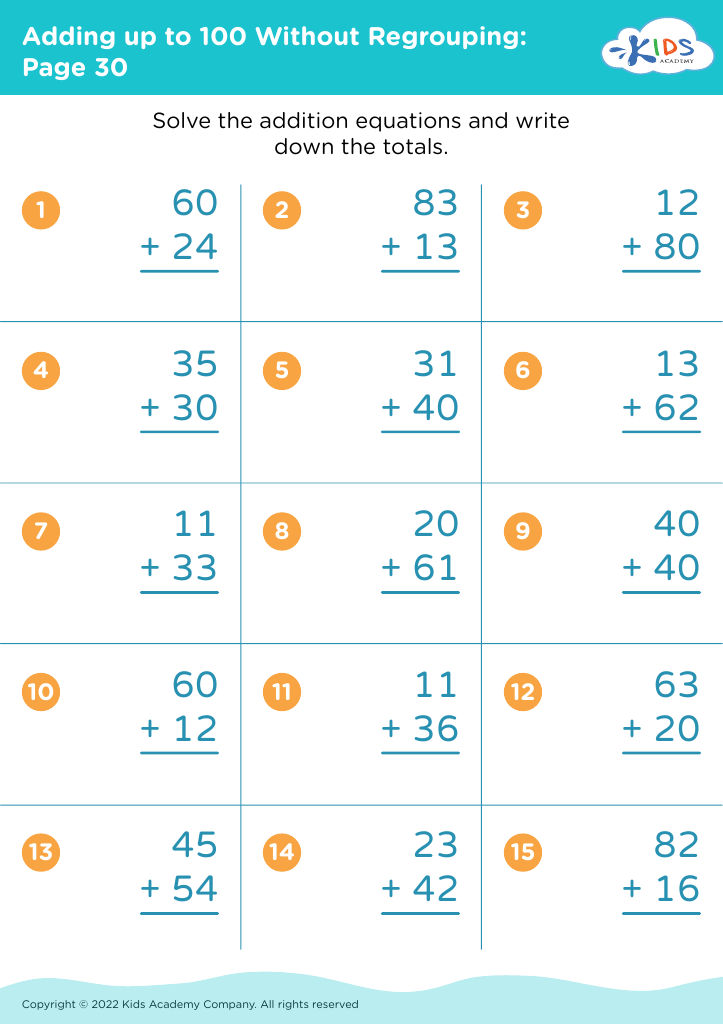





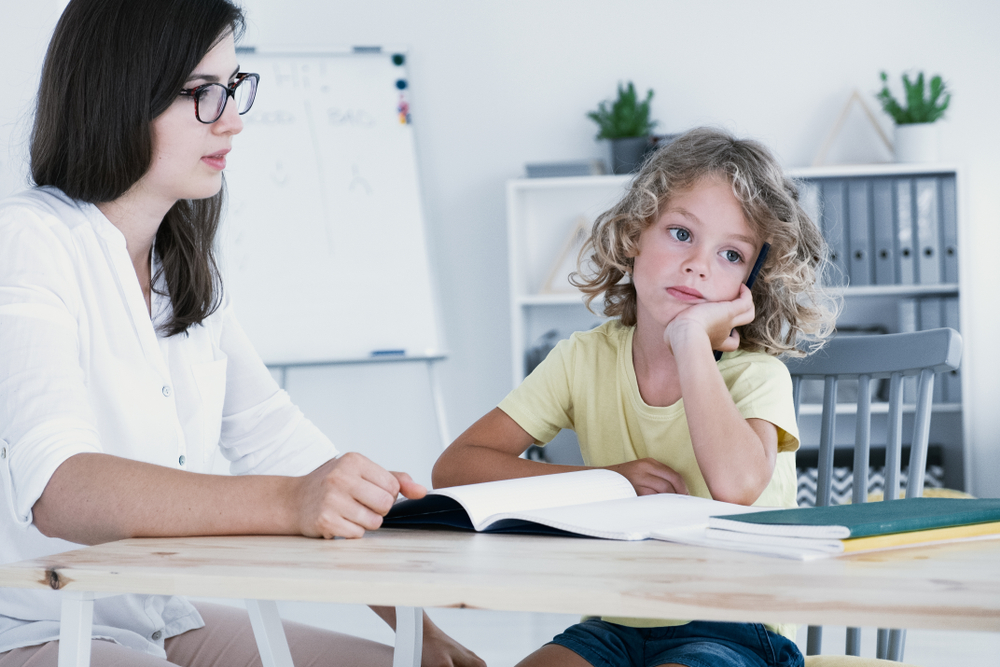
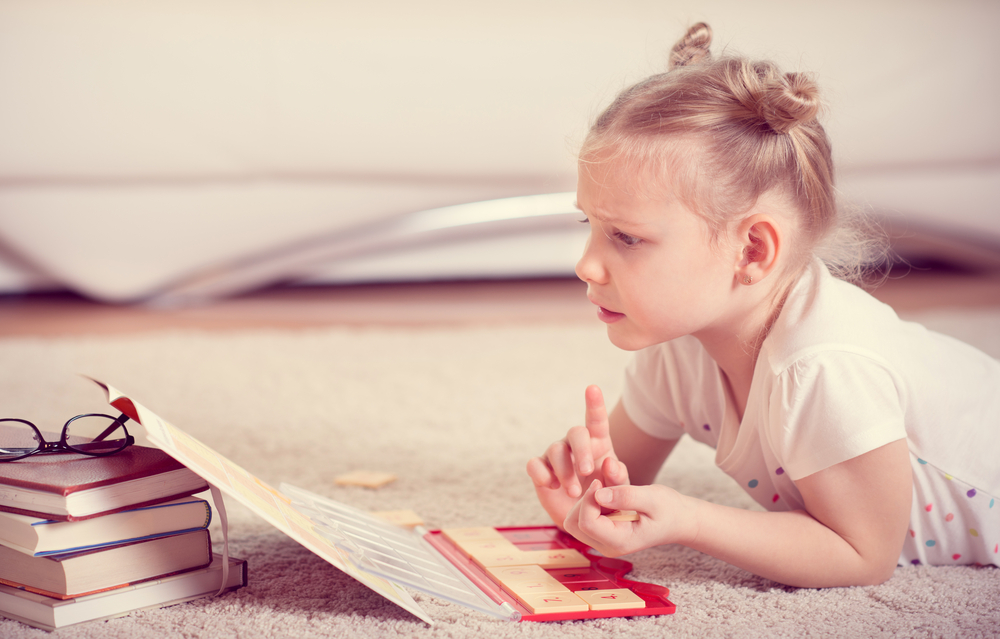

.jpg)











